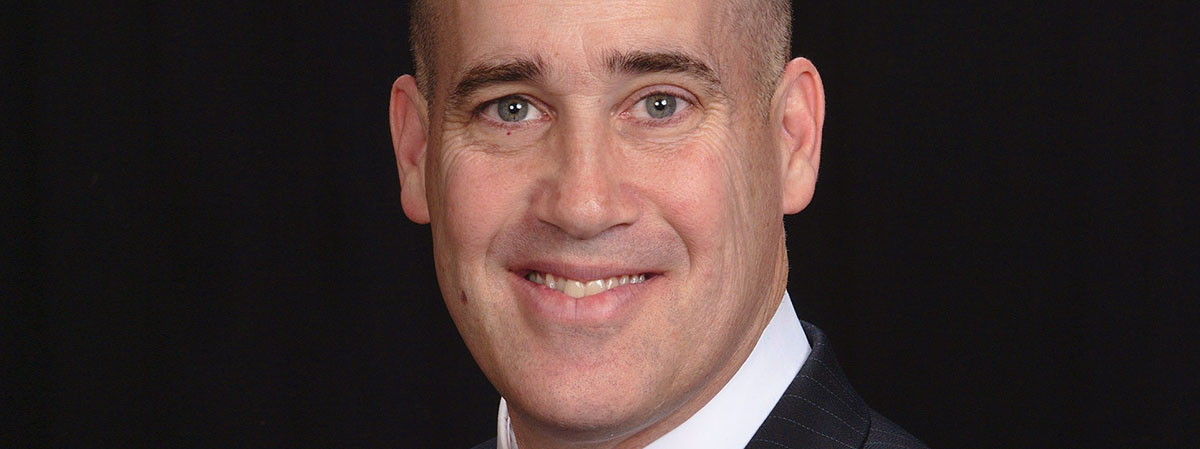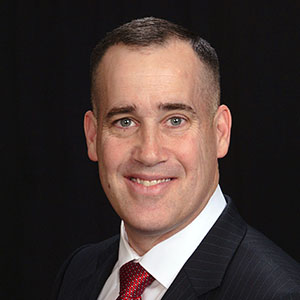In 2015, the University of Southern Denmark responded to industry demand for practical solutions in the area of unmanned aerial systems. Under the Faculty of Engineering, the Maersk Mc-Kinney Moller Institute created a research and education center to advance the capability of “aerial robots” for the benefit of society. In much the same the way SDU partnered with Lindø Shipyard in the mid 80’s to automate large tanker ship manufacturing, the UAS Center combined efforts with the City of Odense and Hans Christian Andersen Airport to automate the use of drones to support transportation, agriculture, health, energy, and security.
Our current research projects emphasize the need for all airspace users – private, commercial, military, cooperative, and non-cooperative traffic to work together for solutions.
This foundation as one of the leading robotics clusters in the world, helps to explain the rapid growth and impact of the UAS Center. A specialization in drone technology is offered under the Robotics Master and researchers tackle technical and material challenges to operate drones Beyond Visual Line of Sight. Efforts are focusing on drone identification, failsafe modules, autonomous control, and robust communication. In parallel, the UAS Center is participating in standards bodies, legislation forums, ethics discussion, and public-drone interaction to address acceptance and integration. By design, the effort is coupled with government and business to help advance innovation in the UAS field.
Today you will find a 2200m2 facility at the airport focused on drone design, development, and test. The UAS Test Center has state-of- the-art composite, systems integration, and motion capture labs for students, researchers, and industry. Once the drones are ready, an 850km2 outdoor area from the surface to 3500 ft is available for BVLOS flight. More importantly, the location represents a strategic decision. To realize the full potential of these cyber-physical systems, the Center must help to develop U-Space and the Unmanned Traffic Management (UTM) system. What better place to address how future airspace is managed than at the local airport where within five years (2025), the focus will shift from segregating aerial systems from manned aviation to seamless integration of airspace operations.
Our current research projects emphasize the need for all airspace users – private, commercial, military, cooperative, and non-cooperative traffic to work together for solutions. Free the Drones seeks to monitor ships emissions to improve the maritime environment. Healthdrones will connect Denmark’s many islands to centrally located hospitals. Drones4Energy hopes to improve infrastructure inspection while operating in the harsh magnetic field of powerlines. And ArtDrones helps to determine the system requirements for drones enabling safe ship passage in the Arctic.
Finally, I believe our most important effort is to inspire the next generation and invest in their future potential. By developing age-appropriate educational tools to teach programming, electronics, mathematics, physics, and software skills, we ensure the technology is accessible and inclusive to those interested in exploring unmanned aerial systems.

Brad Beach leads the University of Southern Denmark UAS Center. Established in 2015, the Center conducts education and research with a focus on autonomy, sense and avoid, UAS command and control, system safety, and enablers for Beyond Visual Line of Sight operations in civil airspace.
Brad is currently involved in multiple projects relevant to Denmark’s emerging Drone Eco-system. These include Free the Drones, UAS-Ability, and the SDU UAS Strategic Focus Area Projects: Drone Technology within Nature, Environment and Climate Management; Efficient Survey and Response to Invasive Species; Human-Drone Interaction; Public Response to Drone Technology; The Path to Firm Growth in Drone Ecosystem; Back 2 Nature; Drones4Energy; Organizational Barriers to Implementation; HealthDrone; and Drones and Defense.


